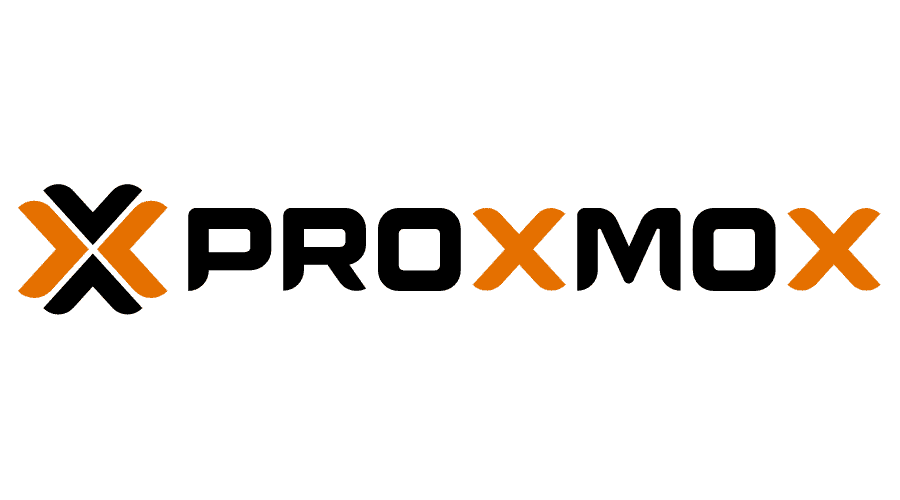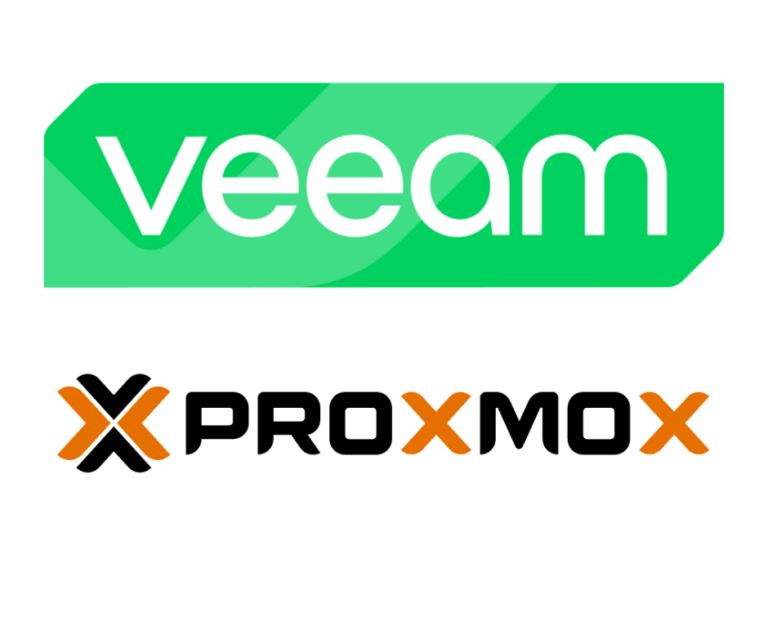
Exploring My Homelab: The Software Powering My Supermicro Server
Welcome back to TizuTech! Today, I’m excited to give you a tour of my homelab setup and share the software that keeps everything running smoothly. For those of you who love to geek out over server specs and virtualization, this post is for you. This is an update to my previous homelab post.
The Heart of My Homelab: Hardware Specs
My homelab is built around a robust Supermicro CSE-829U X10DRU-i+ LGA2011-3 4X 10GbE 4X NVME 24X SFF Rack Server equipped with dual Intel E5 2680v4 processors and a whopping 512 GB of RAM. Storage is handled by a combination of 4x 1 TB NVMe drives and 6x 960 GB SATA SSDs, configured in ZFS RAIDZ1 and RAIDZ2 for enhanced data integrity and performance. This server provides the perfect foundation for a versatile and high-performance virtualization environment while keeping the energy costs as low as possible.
Virtualization with Proxmox
For virtualization I am using Proxmox. I’ve tried all the main virtualization platforms like VMware and Hyper-V in the past. Although at work I primarily work with Hyper-V, I also work with Proxmox. For my own environment I settled with Proxmox for the flexibility with ZFS software RAID. Recently Veeam started supporting Proxmox which allows me to also have a great backup solution. For more information about Proxmox and Veeam head over to the Veeam blogpost.
Virtual Machines and Their Roles
- PostgreSQL: This VM hosts my PostgreSQL databases, ensuring reliable and efficient data management.
- Plesk: A comprehensive web hosting platform, Plesk powers my websites with ease.
- PowerDNS01 & PowerDNS02: These VMs serve as authoritative DNS servers for my domains, providing redundancy and high availability.
- Dockerhost01: Dedicated to Docker services, this VM allows me to run and manage containers seamlessly.
- Nextcloud: My go-to solution for cloud storage and collaboration.
- Mailcow: A complete mail server suite, Mailcow handles my email needs.
- Management: This Linux VM is my command center for management tasks, including Ansible automation.
- Pihole01: Pi-hole protects my network by blocking ads and trackers.
- Media: Powered by Plex, this VM streams movies, TV shows, and music to my devices.
- Minio01: An S3-compatible object storage server for backups.
- Caddy01: This VM runs Caddy as a reverse proxy for my web services, ensuring secure and efficient routing.
- Auth01: Authentik provides authentication services, enhancing security across my network.
- LibreNMS: Network monitoring is handled by LibreNMS, keeping me informed about my infrastructure’s health.
- Ripeatlas: Acting as a RIPE Atlas Probe, this VM helps measure internet connectivity and performance.
- PFsense01: My network’s security and routing are managed by this robust PFsense VM.
- Immich: Immich handles photo backups, ensuring my memories are safe and accessible.
- Ollama: A test instance for AI experiments, allowing me to explore and innovate with artificial intelligence.
- Vaultwarden: This VM runs Vaultwarden, a lightweight Bitwarden server, for secure password management.
Favorite Tools in My Homelab
Among the myriad of software tools, a few stand out as indispensable:
- Proxmox: The backbone of my virtualization efforts, Proxmox’s flexibility and power are unmatched.
- Authentik: This tool has significantly enhanced the security across my network with its robust authentication services.
- LibreNMS: Keeping an eye on the health and performance of my network has never been easier with LibreNMS.
- Vaultwarden: Vaultwarden provides secure and efficient password management, a critical tool for maintaining security.
Overcoming Challenges
Running a homelab is not without its challenges. One of the significant hurdles I face is managing energy costs. Balancing the power demands of my server with the need to keep operating expenses low requires careful planning and efficient hardware utilization.
Future Plans
Looking ahead, I’m excited to find a suitable NVIDIA GPU to accelerate Plex transcoding and Ollama while keeping energy costs minimal. This upgrade will enhance the performance of my media streaming and AI experiments without significantly increasing my energy footprint.
Network Infrastructure
My internet connection is handled by a Supermicro server with 4x 10G connections running VyOS. This setup, along with my own Autonomous System Number (ASN 210882), provides robust and high-speed connectivity, ensuring my homelab’s network is both powerful and reliable.
Conclusion
My homelab is a constantly evolving project, driven by a passion for technology and a desire to explore and learn. Each piece of software plays a crucial role in creating a robust, efficient, and secure environment. I hope this glimpse into my setup inspires you to dive deeper into the world of homelabs and discover the endless possibilities they offer.
Stay tuned for more posts about my tech adventures, and feel free to share your own homelab experiences in the comments below!



Wanted to say I truly appreciated your post. What piqued my interest was you using a 2U setup. I know you didn’t list out the specs of the setup. Would really appreciate it if you would be willing to share the actual specs including motherboard and the chassis. Thanks.
Hey James, Thanks for your appreciation. I updated the post with the specific details of the SuperMicro server. Let me know if you have any more questions!
Thanks. Appreciate your reply. What about the RAM? What brand are you using and is it ECC?